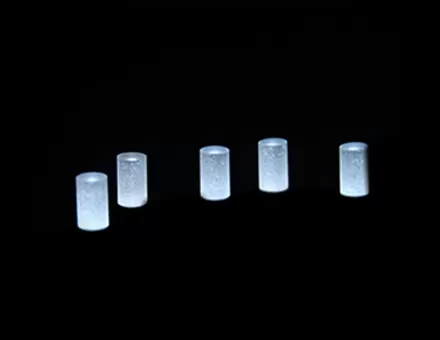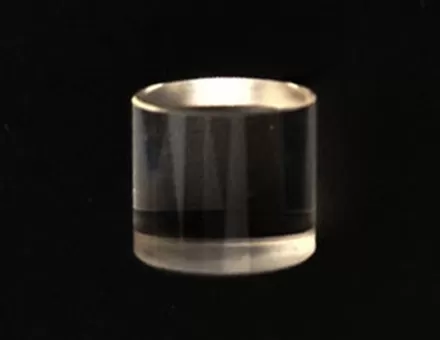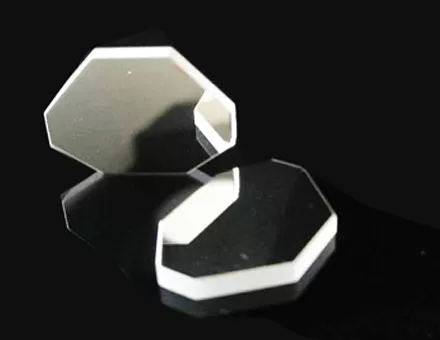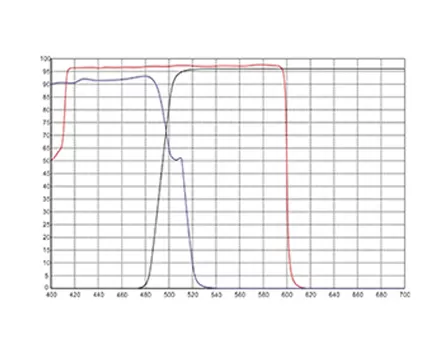When developing a new type of infrared thermal imager, engineers and their managers must take into consideration factors such as application conditions, working bands, minimum resolution, pixel size, environmental adaptability, production capacity, etc. However, the factor that affects these elements the most is the infrared lens.
The infrared lens is an indispensable component of an infrared thermal imager. Its role is to converge the infrared radiation of the target onto the infrared detector. After photoelectric conversion and image processing, a well-contrasted image is formed. The quality of the infrared lens largely determines the performance of the infrared thermal imager.
The band of infrared lens
Infrared thermal imagers generally operate in three bands: short-wave, mid-wave, and long-wave. For some special occasions, infrared thermal imagers also need to work in multiple bands. The infrared lens should be specifically designed to optimize its performance according to the band it works in. The infrared materials used for infrared lenses used in different bands are also different.
The focal length and field of view of infrared lens
The infrared lens is usually identified by its focal length. When the focal length increases, the field of view of the lens narrows. Conversely, as the focal length decreases, the field of view widens.
The infrared lenses can generally be divided into single field of view lens, multiple field of view lens, and continuous zoom lens. As the infrared continuous zoom lens can achieve continuous tracking of targets at different distances, it has been widely used in many fields.
The F-number of infrared lens
The F-number of the infrared lens determines how much radiation energy of the target enters the infrared thermal imager. The smaller the F-number, the larger the size of the infrared lens under the same focal length. When matched with the corresponding detector, the obtained infrared radiation is greater, and the sensitivity of the infrared thermal imager is higher.
However, in some cases where strict requirements for weight and volume are required (such as UAV electro-optical pods), the application of some large F-number infrared thermal imagers is becoming more and more common. Small electro-optical pods using devices and lenses with MWIR F5.5 are increasingly popular.
The Depth of field of infrared lens
The depth of field is the range of the farthest and closest distances that the lens can clearly see without adjusting the focus. The depth of field is not only related to the focal length, F-number, imaging quality and the set alignment imaging distance of the lens, but also related to the pixel size of the detector. Generally speaking, the larger the F-number, the shorter the focal length, and the larger the detector pixel size, the greater the depth of field. For different alignment planes, the depth of field ranges are different.
The minimum imaging distance of the lens and the depth of field are two different concepts. The minimum imaging distance is the closest object distance that the lens can clearly image under focus adjustment.
The imaging quality of infrared lens
The imaging quality of the lens is generally evaluated using optical transfer function, distortion, and point spread function. The imaging quality of the lens should be matched as closely as possible to the pixel size of the detector. If there is no matching, it should be determined whether the infrared thermal imager is optically limited or detector limited to determine the detection and recognition ability of the infrared thermal imager for the target. Generally, the imaging quality in the center of the field of view of the infrared lens is better than that at the edge of the field of view.
The transmittance of infrared lens
The refractive index of most infrared materials is very high. The lens in the infrared lens needs to be coated with high-efficiency anti-reflection film to improve the transmittance of the infrared lens. As the number of lenses in the lens increases, the transmittance of the lens gradually decreases. The absorption and residual reflection of the lens are the two main factors that reduce the transmittance. The residual reflection will introduce interference, affecting the sensory effect and performance of the infrared thermal imager.


















 EN
EN





